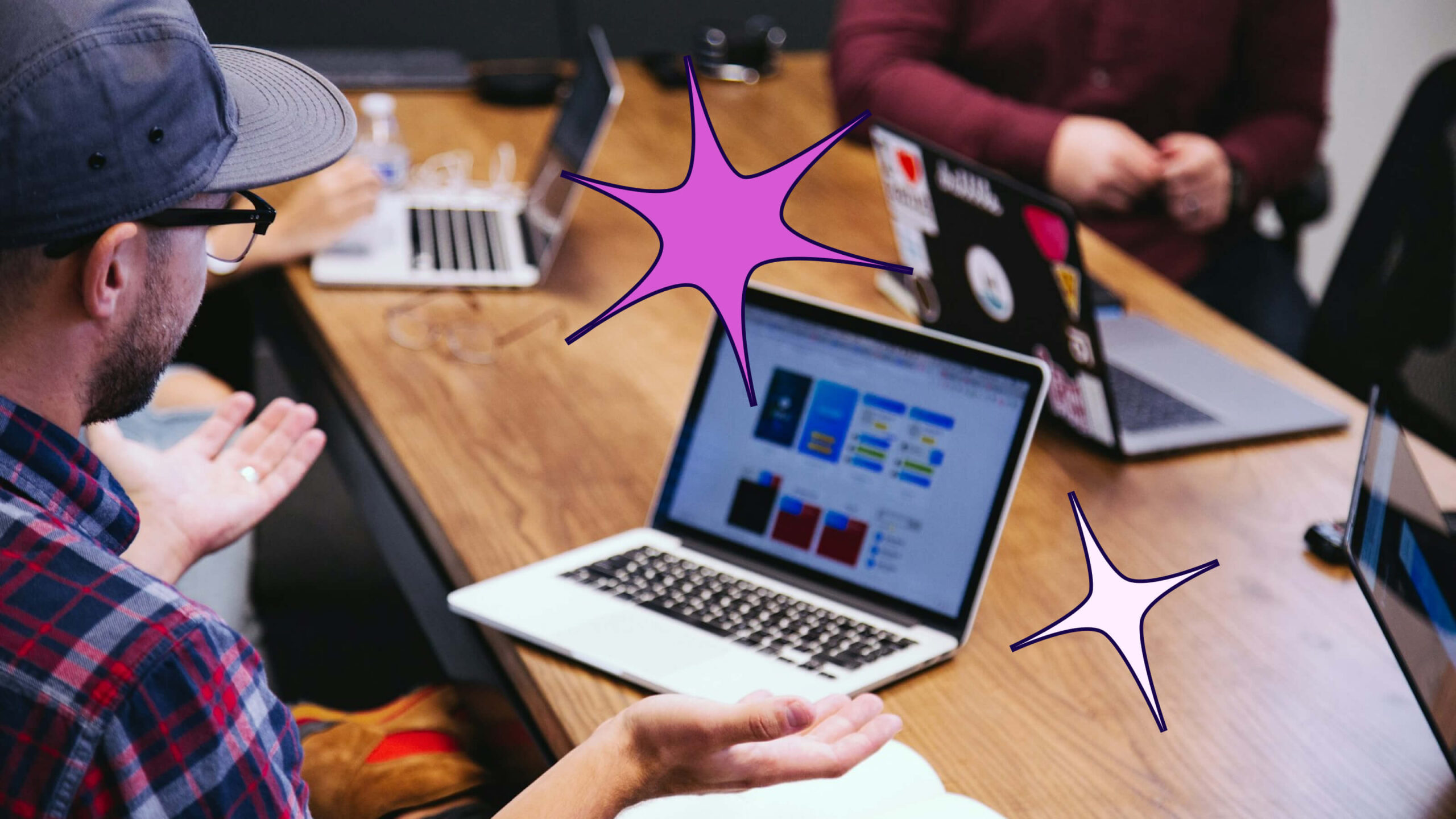E*TRADE, Shareworks, and Pendo on product management during the COVID-19 era
Remember when you could just lean over your desk and ask a colleague with more experience how to use a new app or platform? When standups and staff meetings in the office and on-site visits with users were the primary means of planning the next wave of feature releases in your product?
In the coronavirus era, those days are gone. It’s a situation that’s forcing product teams at investment platforms E*TRADE and Shareworks by Morgan Stanley to find new ways to keep their product roadmaps on target and their users on track. On top of it all, the recent market volatility has been met with unprecedented investor engagement in the markets, leading to record-breaking new customers.
A recent webinar, “Mastering Product Management in a Regulated Industry,” explored these challenges. Joining Pendo’s Director of Product Operations Christine Itwaru were Mark Mitchell, E*TRADE’s managing director of product management in the company’s corporate services division, and Jon Jensen, director of product focusing on private markets for Shareworks. They discussed product management in the fintech industry, and how their teams are using Pendo to adjust their strategy and serve customers.
Ensuring continuity in product planning
When COVID-19 shifted work at both E*TRADE and Shareworks to a remote setting, Mitchell said ensuring his team had the right tools in place to ensure continuity was the first order of business. The top priority was making sure the data, feedback, and information they needed to keep product development on the right path for the investors who rely on their platforms continued flowing in.
Before social distancing, Mitchell was used to hitting the road and meeting with clients in person to listen to their needs. With that no longer possible, tools like Pendo, with its ability to collect real-time usage analytics and user feedback, have taken on a central role in uncovering patterns that support product planning and improvements.
While virtual meetings are better than nothing, Jensen said it’s not quite the same: “You don’t get those off-the-cuff, in-person responses.” Pendo’s ability to collect NPS and user feedback in-app became a lifeline for connecting with users during a time where gaining access to them is so much harder. “Trying to correlate that with usage behavior as much as possible is just huge,” he said.
Mitchell agreed: “Tools like Pendo continue to give you that insight into what the needs of your users are without having the ability to listen to them directly, and it’s proven hugely successful for us.”
When Mitchell’s team began a project to build more than 100 new APIs designed to streamline importation and exportation of data files into E*TRADE’s platform, Pendo helped the team get a sense of how users were using the import/export features that currently existed to prioritize building the most-used first.
Improving self-serve support and removing friction
Jensen said Pendo data has also helped users clear roadblocks and friction points in their platforms.
Fintech and investment platforms have experienced big spikes in usage during COVID-19, but that uptick was accompanied by a noticeable surge in support tickets, Mitchell said. The trend, his team hypothesized, was likely due to the inability of people working from home to simply lean over the cubicle and ask a colleague for help using a new or unfamiliar tool.
The team got to work building in-app guides in Pendo to direct users to support resources. As COVID-19 stretches on, Jensen said this trend toward remote work and the need for self-service support will continue, making it critical to have efficient guidance capabilities in your app that are easy to design and deploy.
“[These platforms] are big, and there is a lot to them. We have to transition away from this idea that you can always go run and ask someone a question, and more towards something where we’re thinking about the flows that our clients are using and baking in a little more guidance across the board,” he said.
Pendo has also helped Shareworks improve individual features. In one case, Pendo data showed Jensen that half of the users on the platform were using two menus simultaneously to both find features and switch between their accounts. That led to a decision to change the organization of the menus to substantially reduce that back-and-forth.
“It’s a way to reduce stress points within your application so that the more they’re using it they don’t become more frustrated,” he said. “Looking for the sticking points where you can change that dynamic is huge.”
Mitchell said he considers having to use tooltips to be a canary in the coalmine for identifying parts of the platform that need to be improved or redesigned. “Tooltips are possibly compensating for flaws in the product.”
Jensen agreed. When a feature his team recently released had lower-than-expected adoption, they wanted to understand why. Using Pendo behavioral data coupled with customer interviews, the team realized no matter how hard they pushed adoption, it wouldn’t turn around until they fixed what was fundamentally confusing about the experience.
Being product-led
A well-designed product strategy can set the groundwork for a top-notch sales and support strategy, lifting the whole business. But, those other teams need to know they can trust the product team to get that strategy right and stick to it, Mitchell said. Otherwise, the rest will crumble.
Jensen said the foundation of that trust is transparency. “You’ve got to be transparent not just about what you’re doing, but why you’re doing it, and most importantly, with your outcomes,” he said. Pendo data, he noted, is a common tool his team uses to measure and report those outcomes.
Occasionally, Jensen’s team will find that their assumptions about how a particular feature will be received or how many users will complete a particular flow turn out to be wrong. At that point, it’s important to share that information and let it guide future product development, rather than hiding or being ashamed of those results.
“It’s an indicator of a good product organization when you’re faced with something that you assumed was true, then all of a sudden are able to prove it’s not. So long as every one of those adjustments furthers your product strategy, you won’t go off track as often and erode trust,” he said.
Besides helping the E*TRADE and Shareworks teams decide where to take their products next, Pendo is also giving them the information they need to decide where not to take them. “Pendo really is a helpful way to learn what to say ‘No’ to,” Mitchell said.
Using data to “tell the story” outside product teams
Data is a language, Jensen said, and it’s the one product leaders should be using to tell their product’s story. Pendo usage data can measure key parts of a user story around a particular feature to show outcomes, he said.
Metrics like adoption rate or how usage is trailing up or down can provide excellent guideposts for the sales, customer relationship, and customer success teams, Mitchell said. “If in any given segment, adoption rate is trending downward, then we know that they need to focus a little more on those areas, and we can measure those outcomes very specifically,” he said.
Pendo data can also arm the sales org and upper management with objective proof points as they prepare to engage in critical conversations with customers, he noted. Mitchell said his team creates dashboards by combining data from Pendo with business outcome data to give a holistic view of how activities that occur at the beginning of a funnel affect output of that funnel. “It’s been incredibly powerful,” he said.
When it comes to making product decisions that may have been dictated by regulatory forces, Pendo data helps Jensen show their legal and compliance officers how the changes will affect users, for better or worse.
“There’ll be a case where we have to do something, and they say ‘Oh no, it’s going to ruin everything and the clients are going to hate it,’” said Jensen. “We can actually say that we’re watching it, and as of now, that hasn’t happened. It just helps to tell that story so you can keep those two needs in balance.”


